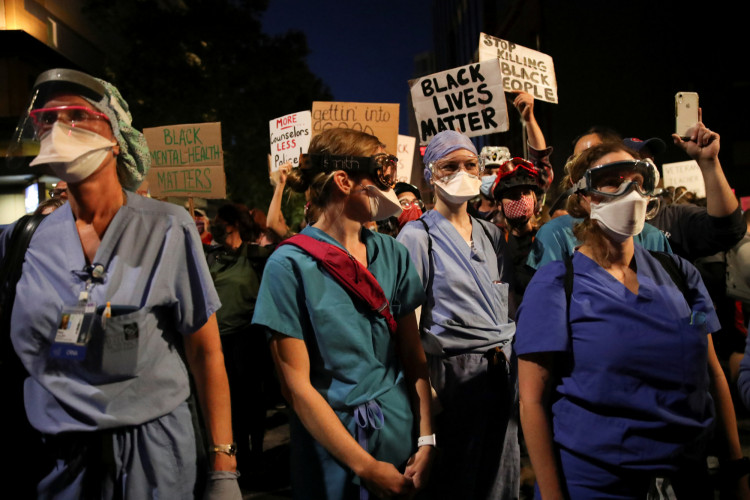Kaiser Permanente, one of the nation's largest not-for-profit health providers, has reached a tentative agreement with the unions representing its 75,000 employees. This development comes on the heels of what has been described as the largest-ever health care strike in US history.
The Coalition of Kaiser Permanente Unions expressed their enthusiasm about the tentative agreement, stating, "The frontline healthcare workers of the Coalition of Kaiser Permanente Unions are excited to have reached a tentative agreement with Kaiser Permanente." The union coalition also expressed gratitude towards Acting US Labor Secretary Julie Su for her instrumental support during the negotiations.
The strike, which garnered significant attention, lasted only three days, precisely the duration it had been scheduled for. However, the union coalition had threatened an even more extensive eight-day strike next month, involving more workers if a new agreement wasn't reached by October 31.
While the specific details of the deal remain under wraps, it is known that the union had been advocating for better pay and improved staffing levels at Kaiser hospitals and other facilities. The union coalition, which represents a significant 40% of Kaiser Permanente's non-physician workforce, encompasses a diverse range of medical professionals, including EMTs, X-ray technicians, nursing assistants, and respiratory care practitioners. The coalition also represents hospital support staff, which includes roles in maintenance, janitorial services, and food services.
The next step in the process involves the rank-and-file members of the union voting on the tentative labor agreement with Kaiser Permanente. If the majority votes against the agreement, another strike could still be on the horizon. It's worth noting that in recent years, it hasn't been uncommon for rank-and-file union members to reject tentative deals reached between union negotiators and management. For instance, nearly 4,000 members of the United Auto Workers union went on strike at Mack Trucks after the majority rejected a deal reached just a week prior.
Kaiser Permanente stands out in the health care sector due to its unique model. Unlike the traditional fee-for-service health care model, where doctors and other providers are paid for each service they perform, Kaiser Permanente operates on a membership fee model. Patients or their employers pay a membership fee to access a wide range of health care services provided by Kaiser Permanente. As per the information on its website, Kaiser Permanente boasts 12.7 million members and operates 39 hospitals along with 622 medical offices.
This tentative agreement between Kaiser Permanente and the union coalition comes at a time when union activity in the United States is particularly heightened. The health care sector, in particular, has witnessed a surge in strike activity, with unions and their members raising concerns about pay and staffing shortages that potentially impact the quality of care. Data from the Bureau of Labor Statistics from the start of 2022 through August reveals that a third of major strikes involved the health care industry. This is a notable increase from 24% in 2019, the year before the pandemic hit. This surge in health care strikes is especially significant considering that health care workers constitute only about 9% of private sector union members nationwide.






